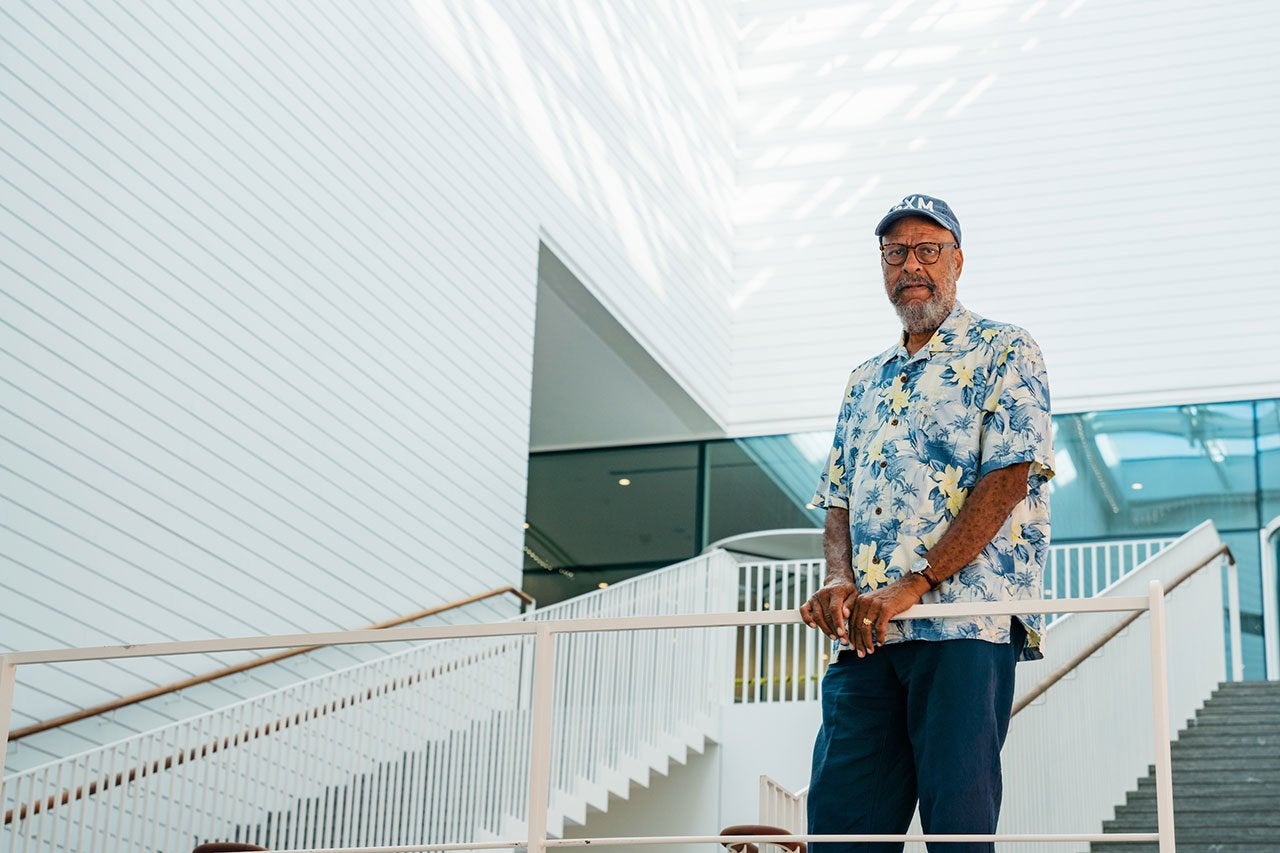By Bernard Powers
The groundbreaking for Charleston’s International African American Museum occurred in October 2019, and now this long-anticipated project is scheduled to open in the next six months. Twenty-three years in the making, it will finally claim a place among the city’s many storied cultural institutions. IAAM’s long gestation period allowed for more comprehensive planning, the articulation of a more sophisticated mission and even a change in physical location. The result will be an enhanced visitor experience and a wider impact.
The museum’s mission is to “honor the untold stories of the African American journey at one of our country’s most sacred sites.” Charleston was the epicenter of the Atlantic slave trade, and Gadsden’s Wharf, where the museum is located, gained special notoriety for its role in this human commerce.
Two fundamental ideas have animated the development of IAAM. The first is the history of Black South Carolinians and especially those in the Lowcountry must be understood within a broader Atlantic and Caribbean context. The second is that at critical moments, the lives and circumstances of Black people, often Carolinians, have shaped our state, the nation and international affairs. Many of the traditional topics that one would expect to find in an African American museum will be represented, but sometimes a familiar subject will be explained from an unfamiliar perspective. Most Americans have no idea, for example, that slavery played a role in the American Revolution, but IAAM explains this. Also, at the end of the Revolution, thousands of Black people evacuated Charleston with the British and traveled to Canada and Great Britain, where they established new communities that exist today. This is just one of IAAM’s many international stories that will also familiarize visitors with historical and contemporary life in African diasporic communities around the Atlantic rim.
Some galleries focus on specific topics such as African history, Gullah Geechee culture or South Carolina’s achievers. By contrast, the American Journey Gallery presents a chronological walk through American history, highlighting points where Black Carolinians had a critical impact. For example, Shields Green, a South Carolina fugitive slave, participated in John Brown’s raid at Harper’s Ferry, which contributed to the coming of the Civil War. Too few people know of South Carolina’s role in the civil rights movement. Many know the name Rosa Parks, but at IAAM, visitors will learn how Charleston’s educator/activist Septima Clark taught and inspired her. The Center for Family History is one of IAAM’s unique features with special emphasis on African American genealogy. Its program and resources will allow people to construct their own kinship networks and understand the role their ancestors played in both dramatic and mundane aspects of American history.
There will be much to see and do at the International African American Museum. It will be a place of learning and, with knowledge, racial healing. The time is right for its opening since 2023 marks the 160th anniversary of the Emancipation Proclamation. I look forward to celebrating both at the site of Charleston’s newest museum.
The director of the Center for the Study of Slavery in Charleston and professor emeritus of history at the College, Bernard Powers serves on the IAAM’s Board of Directors and was its interim CEO from 2019 to 2021. (Image by Mike Ledford)




